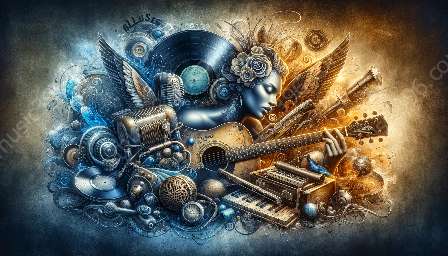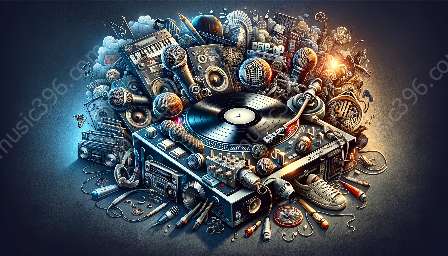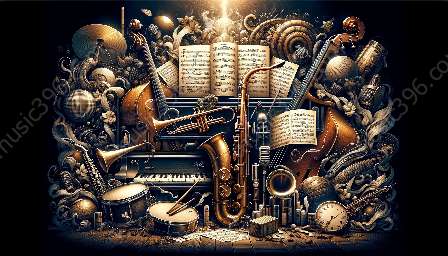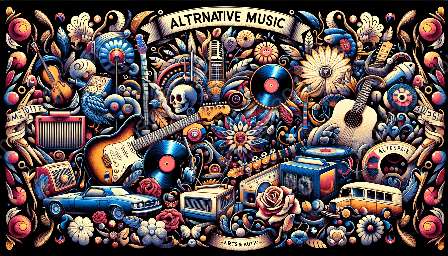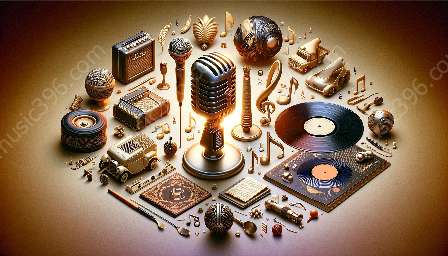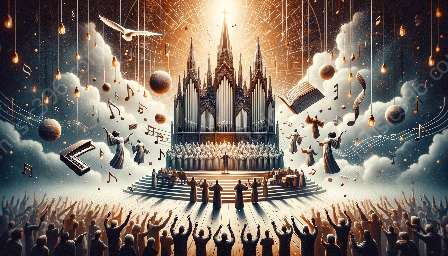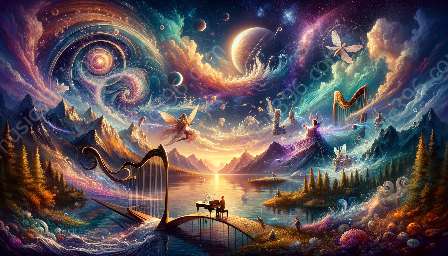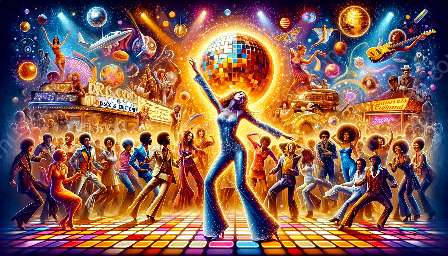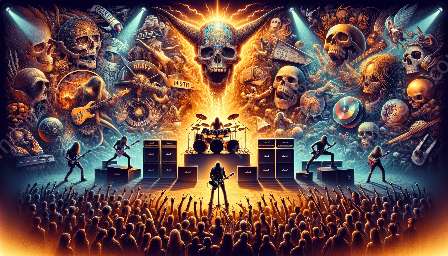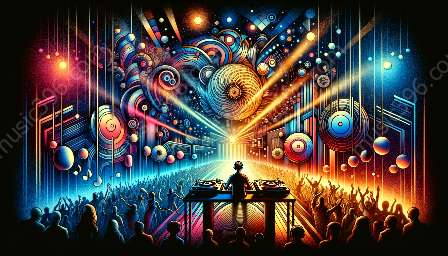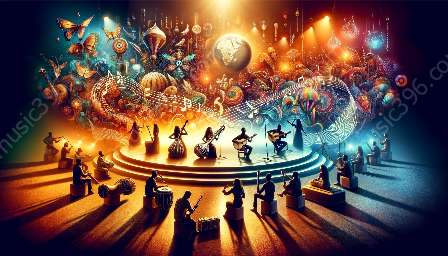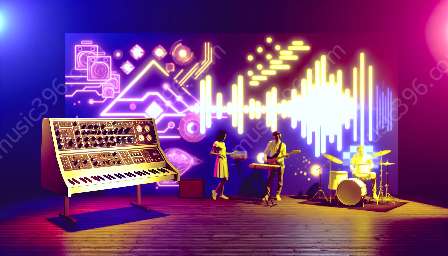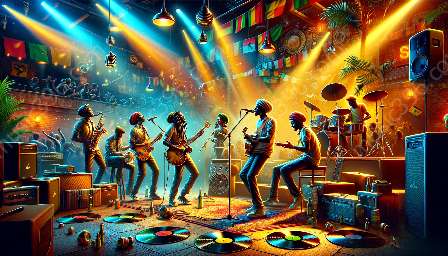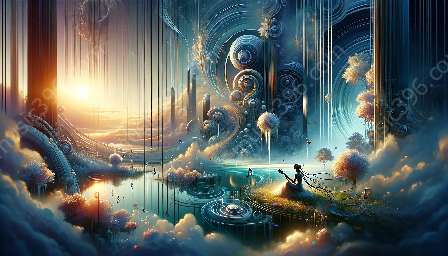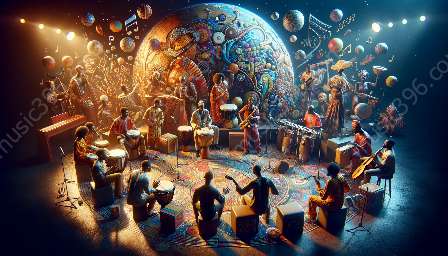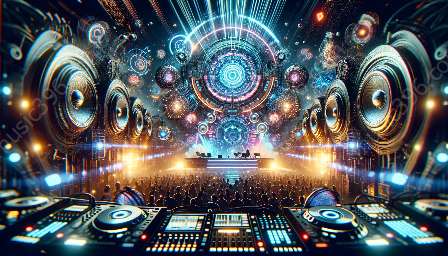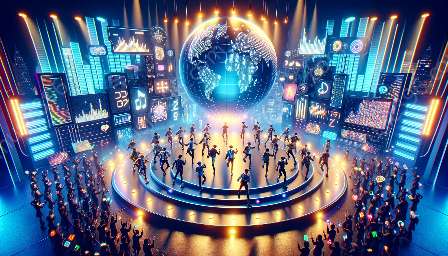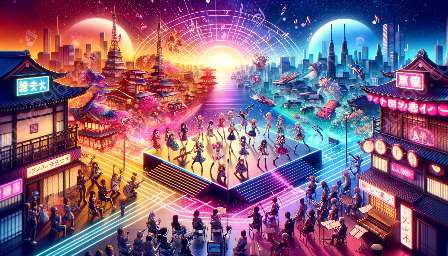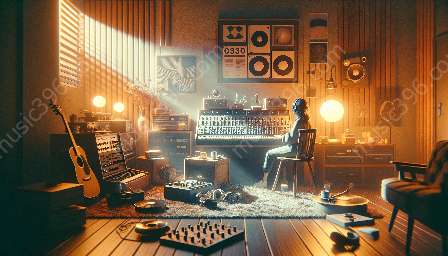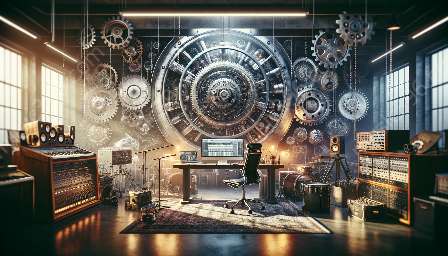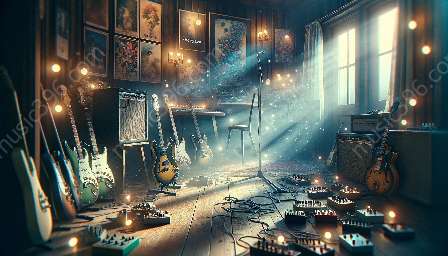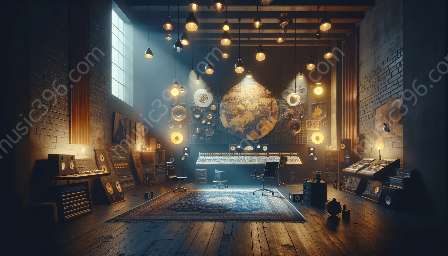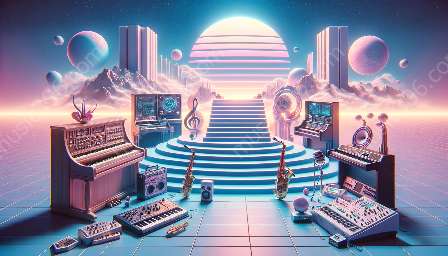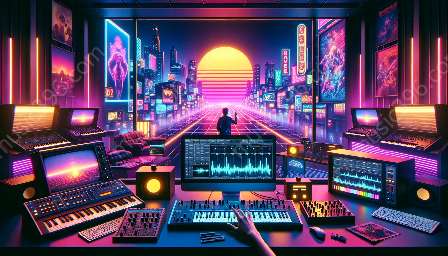Noise music, as a unique and experimental genre, has been heavily influenced by technology in both its creation and performance. This form of music explores the unconventional use of sound and often pushes the boundaries of traditional musical concepts. The integration of technology has played a pivotal role in shaping the very essence of noise music, contributing to its unique characteristics and significance within the broader landscape of music genres.
Creation of Noise Music
Technology has revolutionized the way in which noise music is conceptualized and composed. With the advent of electronic instruments, synthesizers, and computer software, artists have gained access to an extensive array of tools for sound manipulation and generation. Such advancements have allowed musicians to experiment with unconventional sounds, textures, and tonalities that are integral to the essence of noise music.
Moreover, the emergence of recording technologies and digital audio workstations (DAWs) has provided noise music artists with the capability to capture and manipulate audio in unprecedented ways. This has facilitated the creation of complex and layered compositions, as well as the incorporation of found sounds and environmental noises. The ability to seamlessly blend and modify sonic elements has become a hallmark of noise music, largely due to the advancements in recording and editing technologies.
Additionally, the utilization of technology in noise music extends beyond conventional musical instruments and recording equipment. Innovations in hardware and software have given rise to a myriad of experimental sound-processing tools and effects units, enabling artists to expand the sonic palette of their compositions. From granular synthesis to spectral processing, these technological developments have empowered noise musicians to craft elaborate and immersive sonic landscapes that transcend traditional musical norms.
Performance of Noise Music
When considering the performance of noise music, technology continues to play a fundamental role. Live performances of noise music are often characterized by the use of electronic and digital instruments, as well as an assortment of audio processing and manipulation devices. The integration of modular synthesizers, effects pedals, and analog and digital signal processors has become a defining aspect of noise music performances, allowing artists to sculpt and reconfigure sound in real-time.
Furthermore, advancements in live sound reinforcement systems and spatial audio technologies have facilitated the immersive and often confrontational nature of noise music performances. Artists and sound engineers have leveraged these innovations to create multisensory experiences that transcend traditional concert settings, blurring the boundaries between performer and audience and challenging preconceived notions of musical performance.
Notably, technology has also enabled noise musicians to explore interdisciplinary collaborations, particularly in the realms of visual art, multimedia installation, and interactive performance. The integration of projection mapping, interactive lighting, and immersive audio-visual setups has redefined the spatial and sensory dimensions of noise music performances, offering audiences a holistic and immersive encounter with the sonic and visual elements of the genre.
Relevance to Music Genres
Within the broader landscape of music genres, noise music holds a distinct position, in part due to its symbiotic relationship with technology. The unconventional and exploratory nature of noise music aligns with the ethos of technological innovation, often resulting in the integration of cutting-edge audio technologies and experimental sonic practices.
Furthermore, the impact of technology on noise music has permeated other genres, influencing the production and performance techniques of artists across diverse musical styles. Elements of noise music, such as unconventional sound manipulation, feedback generation, and textural abstraction, have found resonance in genres ranging from avant-garde electronic music to post-rock and industrial metal, underscoring the cross-pollination of sonic ideas facilitated by technological advancements.
Ultimately, the role of technology in the creation and performance of noise music is deeply intertwined with the evolution and identity of the genre. From the expansion of sonic possibilities through innovative sound-processing tools to the redefinition of live performance experiences, technology continues to be a driving force in shaping the expressive potential and artistic exploration within noise music.

